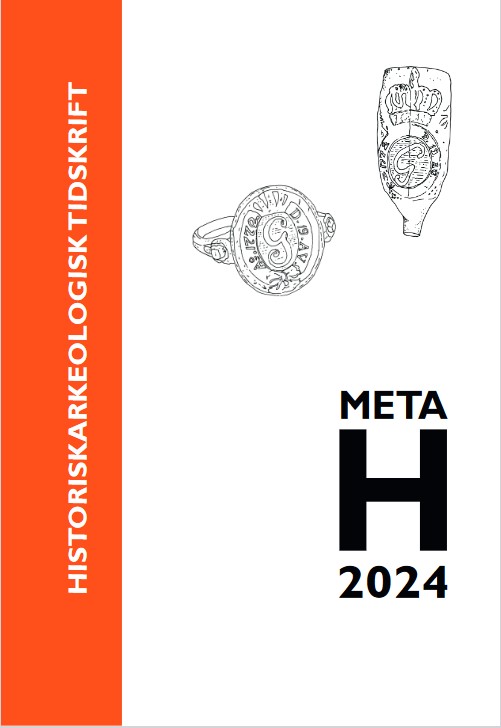Spinnkäpp eller trollstav?
DOI:
https://doi.org/10.59008/meta.2024.21970Abstract
More likely a distaff than a wand. The leading interpretation of five iron staffs with expanded basket handles found in women’s graves from the Viking era, including “Klintastaven”, are that they are staffs or wands of a type of Viking seeresses, völvas. This text challenges that interpretation and argues that they should be interpreted as distaffs instead.
The support for the staffs being used by völvas is largely based on an etymological connection between the word völva and the word for staff in Old Norse. There is no
material evidence of what a völva’s staff would look like or how it was used.
In contrast, spinning yarn is one of the most important and common types of work connected to women in history. Textile tools like spindle whorls are often
found in women’s graves from the Viking era. In other parts of the world, distaffs have also been found in women’s graves from the same time period.
The staffs with an expanded basket handle are similar to traditional Swedish distaffs, but the argument has been made that they are not distaffs because distaffs
are made of wood and an iron distaff would be too heavy to carry. However, distaffs of different materials, including metal, have been found outside of Scandinavia.
Furthermore, distaffs were not always carried, but also used when sitting, attached to a bench or a portable stand.
For these reasons the text argues that these five staffs are more likely to be distaffs than wands
Downloads
Publicerad
Referera så här
Nummer
Sektion
Licens
Copyright (c) 2024 Malin Nilsson

Det här verket är licensierat under en Creative Commons Erkännande 4.0 Internationell-licens.







